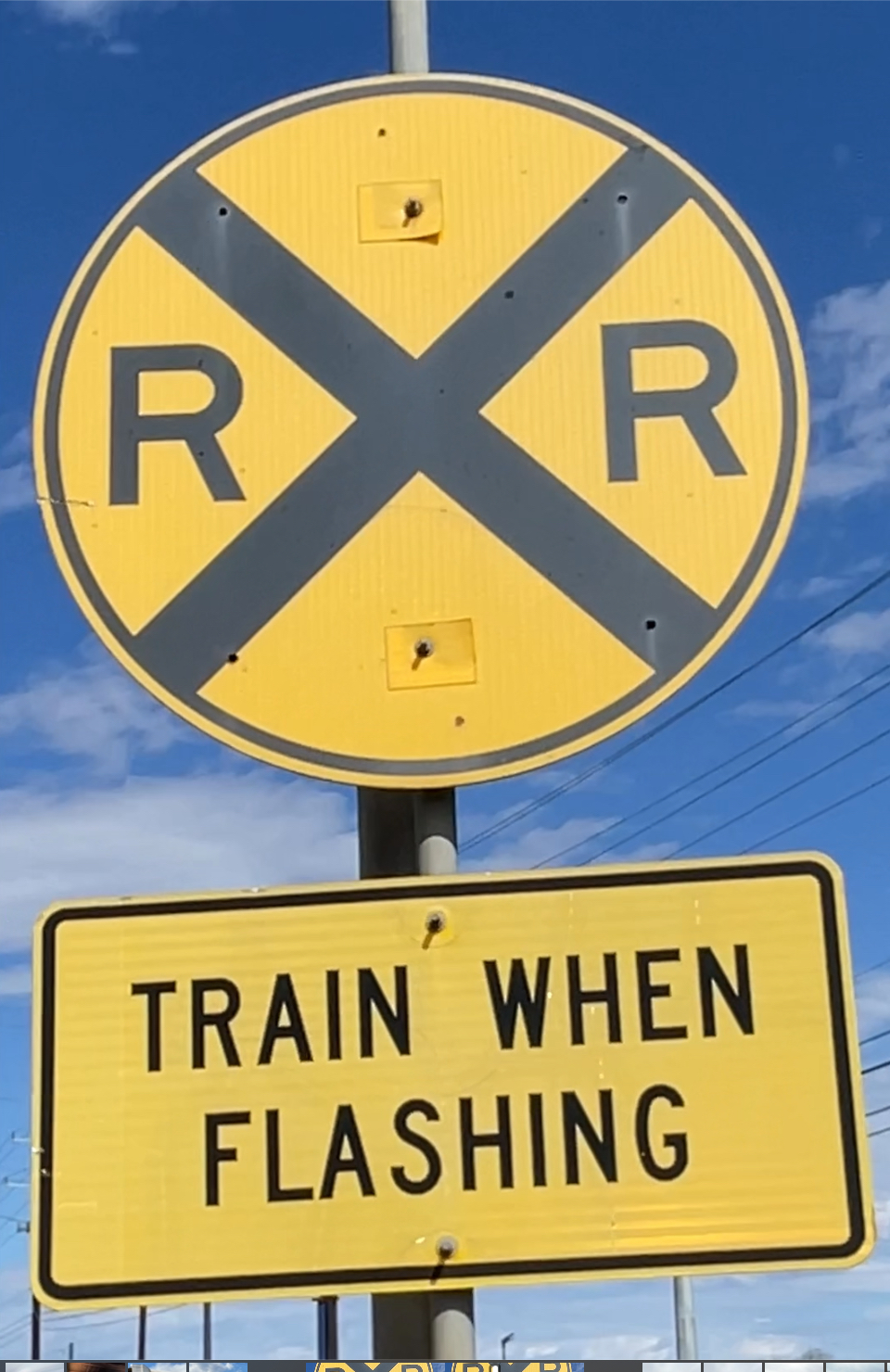Railroad Company’s Duty to Warn at Crossings

RAILROAD COMPANY’s DUTY TO WARN
Railroad companies have a general legal duty “to give adequate warning of approaching trains, given whatever obstructions or other conditions exist.” Mo. Pac. R.R. Co. v. Limmer, 299 S.W.3d 78, 92 (Tex.2009). Because “every railroad crossing is tinged with danger,” railroads must provide at least one warning sign that is adequate to “give notice of the proximity of the railroad and warn persons of the necessity of looking out for the cars.” Fitch v. Mo.-Kan.-Tex. Transp. Co., 441 F.2d 1, 2 (5th Cir. 1971).
REQUIRED SIGNAGE FOR ORDINARY RAILROAD CROSSINGS
For “an ordinary rural railroad crossing,” a crossbuck sign will typically satisfy that duty. Mo. Pac. R.R. Co. v. Cooper, 563 S.W.2d 233, 235 (Tex. 1978). A standard crossbuck sign typically consists of two long white rectangles posted together in an “X” formation with one reading “RAILROAD” and the other reading “CROSSING.” See TEX. TRANSP. CODE § 471.004(f)(2) (referring to federal manual); Port of Beaumont Navigation Dist. v. McCarty, No. 09-16-00356-CV, 2017 WL 1089604, at *4 (Tex. App.—Beaumont Mar. 23, 2017, no pet.) (mem. op.) (describing “the familiar black-and-white, X-shaped signs that read ‘RAILROAD CROSSING’”).
REQUIRED SIGNAGE FOR EXTRA-HAZARDOUS RAILROAD CROSSINGS
If a crossing is “extra-hazardous,” however, the railroad company must “take extra safety measures to protect those using the crossing.” Fort Worth & Denver Ry. Co. v. Williams, 375 S.W.2d 279, 281 (Tex. 1964). Such extraordinary warnings may include, for example, “lights or signal bells to warn persons approaching [the] crossing.” Fitch, 441 F.2d at 2. “Every railroad crossing is dangerous, but it is only crossings which are found to be extra hazardous that place the higher duty upon the railroad to use extraordinary means to warn travelers along the road.” Cooper, 563 S.W.2d at 235.
WHAT DOES “EXTRA-HAZARDOUS” MEAN?
The standard for categorizing a railroad crossing as extra- hazardous is high, requiring the plaintiff to show that a prudent person exercising ordinary care cannot safely use the crossing unless extraordinary warnings or protections are provided. Cooper, 563 S.W.2d at 235. (“A railroad crossing is extra hazardous when, because of surrounding conditions, it is so dangerous that persons using ordinary care cannot pass over it in safety without some warning other than the usual [crossbuck] sign.”).
A crossing may be extra-hazardous due to either permanent or temporary conditions, so its nature may vary from time to time. See Karr v. Panhandle & Santa Fe Ry. Co., 262 S.W.2d 925, 930 (Tex. 1953). “The degree of danger,” therefore, “depends on the circumstances existing at the time of the accident.” Williams, 375 S.W.2d at 284.
Whether a crossing is extra-hazardous at any particular time thus “depends on the facts of each case.” Id. at 283.
RELEVANT FACTORS FOR DETERMINING WHETHER A CROSSING IS EXTRA HAZARDOUS
Factors that may be relevant include visual obstructions like trees and buildings, the volume of train and vehicular traffic, the angle of the intersection, the grade and curvature of the road leading to the crossing, and any history of similar accidents at the crossing. But a crossing is extra-hazardous only if such factors establish that a reasonably prudent person exercising ordinary care could not safely use it without extraordinary warning devices.


